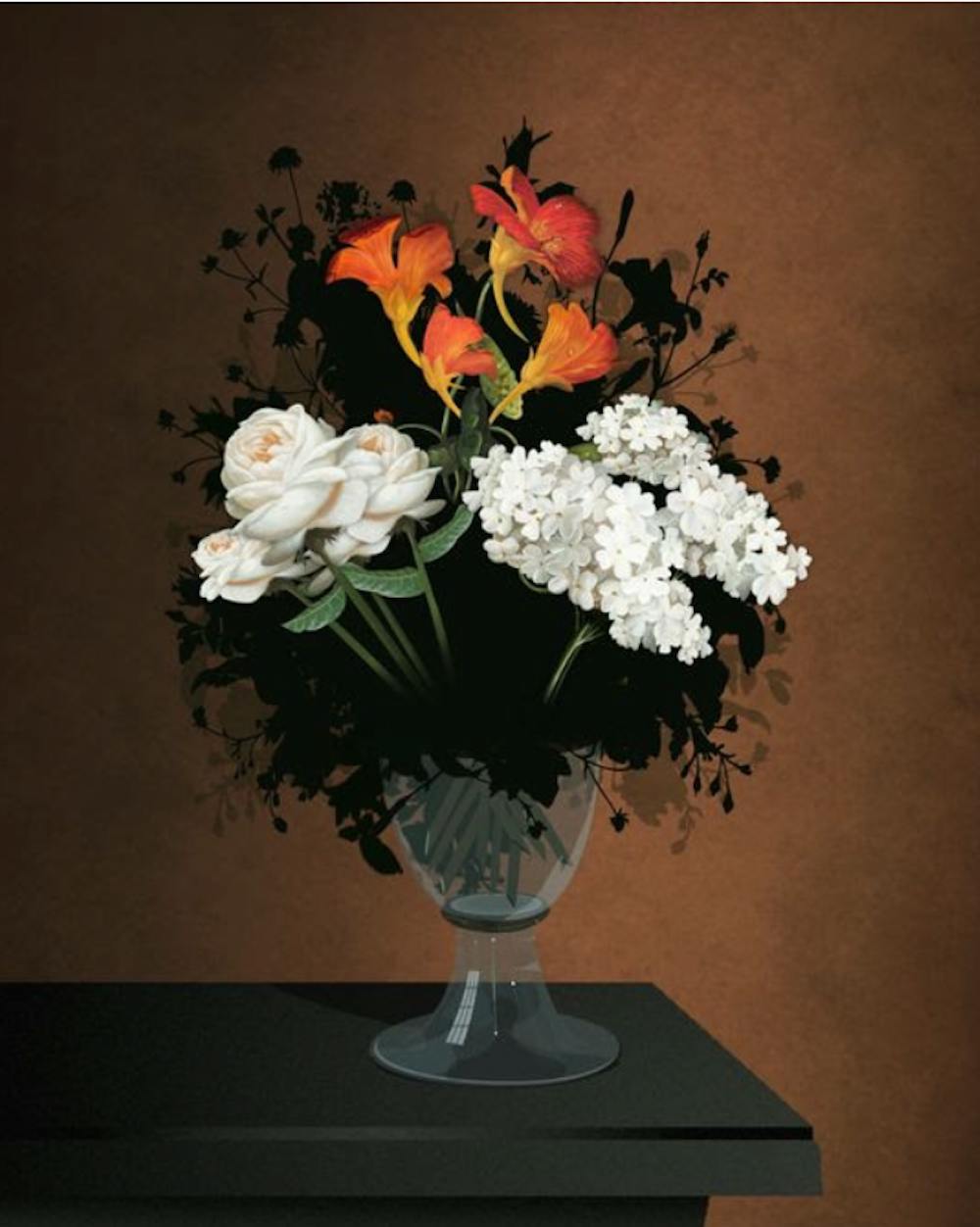If “The Art of American Still Life” doesn’t sound like an exciting day out at the museum, that’s because it isn’t. Poorly lit gallery after poorly lit gallery exhibits endless bowls of fruit, vases of flowers, and piles crockery that blur together as they trace the history of the American still life. The boredom—and hunger—hit me within the first ten minutes.
To the credit of the PMA, the American still life is an important chapter in art history. The subject of an artist’s still life can be revealing of his culture. A prime example of this is Andy Warhol’s Brillo Boxes from 1964, shown in this exhibit. The choice of this object, which display the logo of a American corporation—and in only three colors: red, white and blue—is an acknowledgement of the immense capitalism and materialism that pervades our culture. But when each page exhibits so many paintings of similar subject matter and composition, all with a burgundy backdrop, the chapter becomes a boring one.

These final two galleries also featured the proverbial Georgia O’Keeffe lilies which, despite being perhaps the thousandth image of flowers I’d seen that morning, drew my eye from across the room. The final gallery displayed Marcel Duchamp’s Fountain, a piece of “found art,” a urinal turned on its side. This is also where Andy Warhol finally revealed himself.
Throughout the monotonous galleries, there was some periodic relief in interactive technologies. For example, one large burgundy gallery included a touch screen that listed adjectives to describe a personality. Choose three that describe yours, and it produces your personality if it were a flower arrangement. You can email the result to your friends. I chose to email the result to my potential summer employers because I think that sending a picture of a vase of White Tea roses, Nasturtiums and Queen Anne’s Laces is more creative that simply saying “My strengths are that I am loyal, hard-working and organized.”







